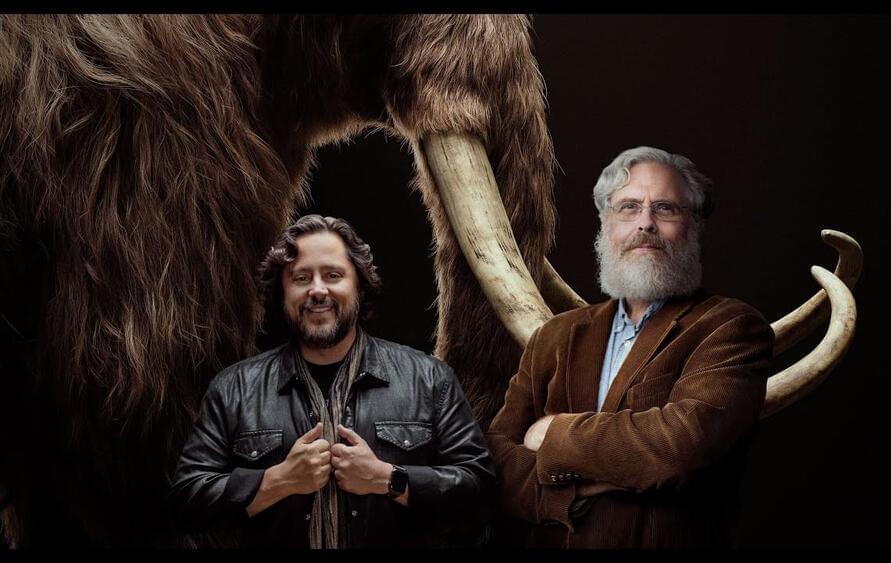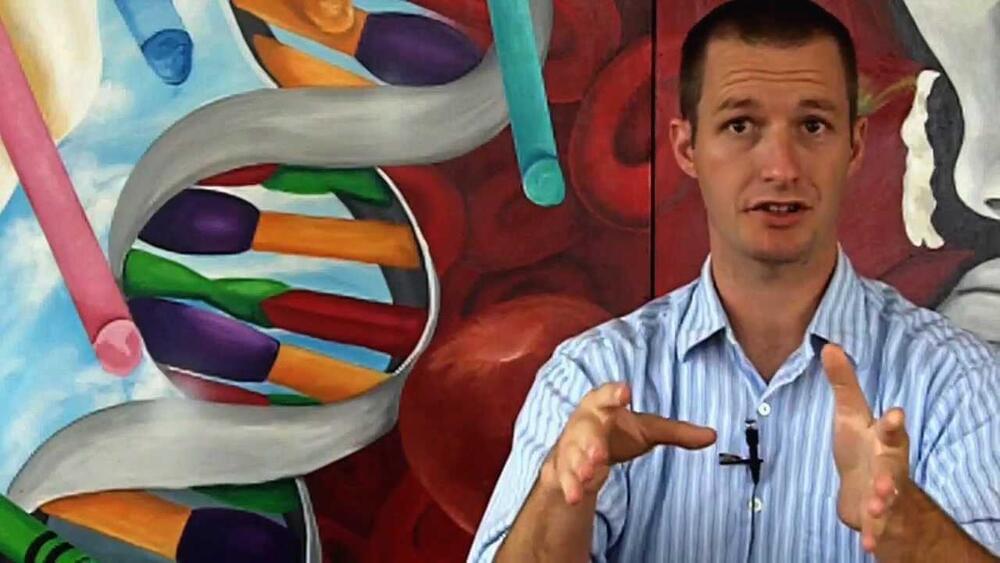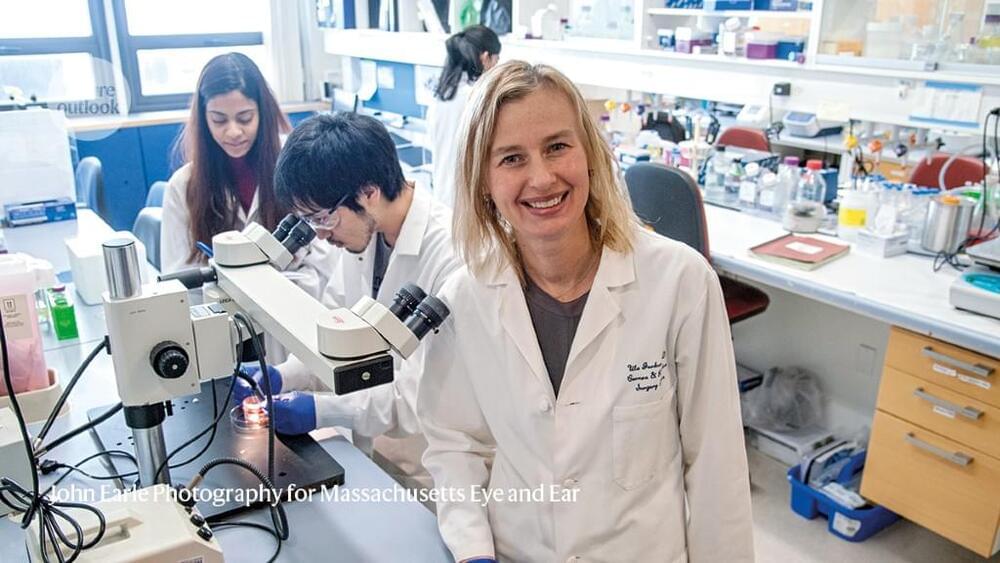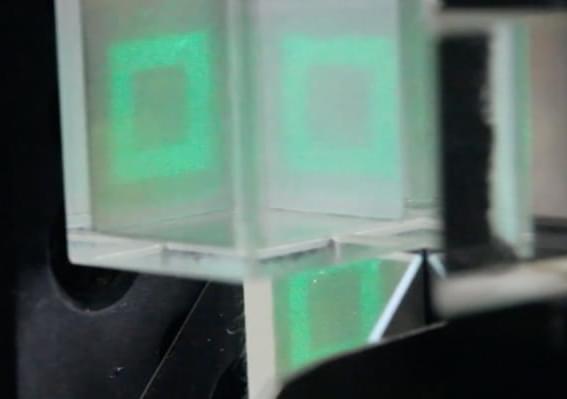Page 6119
Oct 14, 2021
Blue Origin launches the oldest person into space: William Shatner
Posted by Atanas Atanasov in category: space travel

Shatner became the oldest person to fly into space on a ten-minute flight. He flew with three other civilians aboard mission NS-18, the second human spaceflight for the company which is owned by Amazon founder Jeff Bezos.
😗 😁
We hate to say it, but we couldn’t find that page or file you are looking for.
We’ve recently moved www.tctmagazine.com to a new style of site and the content you’re after has either been moved or no longer exists.
Oct 14, 2021
“More Life Into a Time Without Boundaries.” Jeanette Winterson Considers the Bigger Picture of AI
Posted by Genevieve Klien in categories: biological, Ray Kurzweil, robotics/AI, singularity
In 2009—four years after it was published—I read Ray Kurzweil’s The Singularity Is Near. It is an optimistic view of the future—a future that depends on computational technology. A future of superintelligent machines. It is also a future where humans will transcend our present biological limits.
I had to read the book twice—once for the sense and once for the detail.
After that, just for my own interest, year-in, year-out, I started to track this future; that meant a weekly read through New Scientist, Wired, the excellent technology pieces in the New York Times and the Atlantic, as well as following the money via the Economist and Financial Times. I picked up any new science and tech books that came out, but it wasn’t enough for me. I felt I wasn’t seeing the bigger picture.
Gamm cautions against expecting too much, too soon. “It’s unreasonable to think that we are going to cure blindness in general, just like we’re not going to cure cancer with one magic bullet,” he says. “What we hope to do is make a meaningful change in a patient’s visual function, such that their activities of daily life are improved.”
Regenerative therapies for the eyes could help to save vision in people with glaucoma, macular degeneration and damaged corneas.
Oct 14, 2021
Harvard University professor geneticist Dr. George Church stops by the Institute
Posted by Montie Adkins in categories: biotech/medical, existential risks, genetics, life extension

Talking about RejuvenateBio starts at 20:30. Mentions there are 300 known genes concerning human aging and 45 of those have been tested in mice with what sounds like success.
Wow! Where do I start. I woke up and seen Dr. George Church on Bloomberg news. They was discussing a new biotech startup company called Rejuvenate Bio. A life extension company that seeks to reverse aging in dogs. Then apply that knowledge to humans. I ask Dr. Church about what he thinks is the cause of aging. t. Dr. Church thinks its a genetic reason why we age. Dr. Church is a cofounder of a company called Colossal is a company that wants to create a hybrid between the east asian elephant and the woolly mammoth. The purpose of doing this is to fight climate change and prevent the extinction of the east asian elephant.
3D printed wax is used to create molds thanks to the 3D lost wax casting technique. Learn more about it!
Oct 14, 2021
US Army Funds ‘Sleeping Cap’ To Help Your Brain Clear Out Waste
Posted by Gemechu Taye in categories: military, neuroscience

We’ve all experienced brain fog and the drowsiness that comes with getting too little sleep. But what exactly happens in our brain during sleep that prepares us for another day in the morning? To understand how the brain disposes of so-called “metabolic waste”, teams of researchers are working on a study with $2.8 million funding from the U.S. Army who is looking to combat sleep disorders among the military. The scientists’ ultimate aim is to develop a “sleeping cap” that would analyze how fluids within the brain may be flushing out toxic, memory-impairing proteins while you sleep. The sleeping cap that the researchers aim to create would be lightweight and portable, with the ability to both track and stimulate the flow of the cerebrospinal fluid. In this way, the researchers hope to be able to treat sleeping disorders as they happen. all experienced brain fog and the drowsiness that comes with getting too little sleep. But what exactly happens in our brain during sleep that prepares us for another day in the morning? To understand how the brain disposes of so-called “metabolic waste”, teams of researchers are working on a study with a $2.8 million funding from the U.S. Army who is looking to combat sleep disorders among the military. The scientists’ ultimate aim is to develop a “sleeping cap” that would analyze how fluids within the brain may be flushing out toxic, memory-impairing proteins while you sleep.
Oct 14, 2021
‘Lost’ Picasso nude comes out of hiding, thanks to artificial intelligence and 3D printing
Posted by Quinn Sena in categories: 3D printing, robotics/AI
AI paints a Picasso nude, just like Pablo did.
“Lost” Picasso nude comes out of hiding, thanks to artificial intelligence and 3D printing.
Oct 14, 2021
Holography-based 3D printing produces objects in seconds instead of hours
Posted by Quinn Sena in categories: 3D printing, biotech/medical
O,.o! Circa 2017
3D printers are useful devices for all kinds of reasons, but most have a critical weakness: they simply take a long time to actually make anything. That’s because additive manufacturing generally works by putting down an object one microscopic layer at a time. But a new holographic printing technique makes it possible to create the entire thing at once — in as little as a second or two.
Light-based 3D printing techniques generally use lasers to cause a layer of resin to harden in a pattern, but like extrusion printers, they have to do it layer by layer. If the laser shined all the way through the liquid resin, it would cause a big line of it to cure.
Continue reading “Holography-based 3D printing produces objects in seconds instead of hours” »














